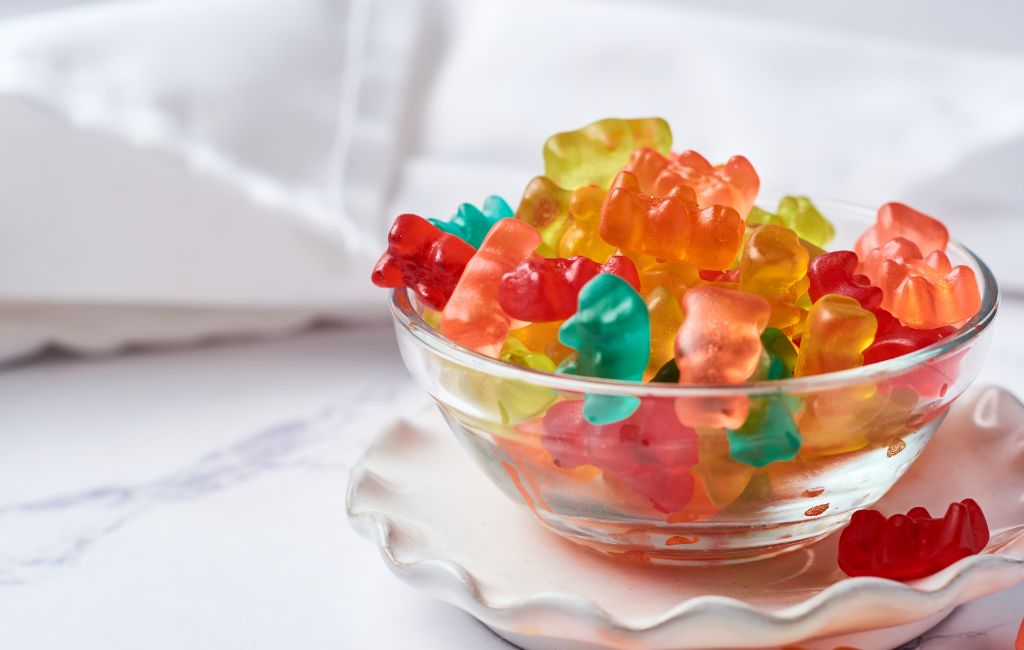Edible Side Effects Before Indulging
Edibles have become a popular choice for those seeking an alternative to smoking or vaping cannabis. With their discreet nature and variety of flavors, they offer an appealing option for both recreational and medicinal users. However, consuming edibles can lead to unexpected side effects, which can be more intense and longer-lasting than other forms of cannabis. Understanding the edible side effects is crucial for a safe and enjoyable experience.
Understanding Edibles
What Are Edibles?
Edibles are food products infused with cannabis extracts. They come in various forms, including:
- Gummies
- Chocolates
- Baked goods
- Beverages
These products contain cannabinoids, primarily THC (tetrahydrocannabinol) and CBD (cannabidiol), which interact with the body’s endocannabinoid system to produce effects.
How Do Edibles Work?
When consumed, edibles are metabolized in the liver, converting THC into 11-hydroxy-THC, a compound that is more potent and has a longer duration of action. This process can take anywhere from 30 minutes to 2 hours, leading to a delayed onset of effects compared to smoking or vaping.
Common Side Effects
Delayed Onset
One of the most significant differences between edibles and other forms of cannabis is the delayed onset of effects. This can lead to overconsumption, as users may ingest more edibles while waiting for the initial dose to take effect.
Intensity and Duration
Edibles can produce more intense effects that last longer than inhaled cannabis. The high from edibles can last anywhere from 4 to 12 hours, depending on the dose and individual metabolism.
Overconsumption
The delayed onset and potent effects of edibles can lead to overconsumption, resulting in uncomfortable side effects such as:
- Anxiety
- Paranoia
- Dizziness
- Nausea
Individual Variability
The effects of edibles can vary significantly between individuals. Factors such as body weight, metabolism, and tolerance levels can influence how one experiences edibles.
Case Studies and Statistics
Case Study: Colorado’s Experience
Since the legalization of recreational cannabis in Colorado, there has been an increase in emergency room visits related to edible consumption. A study published in the Annals of Internal Medicine found that edibles accounted for 10.7% of cannabis-related emergency visits, despite representing only 0.32% of total cannabis sales.
Statistics on Edible Consumption
A survey conducted by the National Institute on Drug Abuse found that 30% of cannabis users reported consuming edibles. Among these users, 11% experienced adverse effects, highlighting the need for awareness and education.
Tips for Safe Consumption
Start Low and Go Slow
Begin with a low dose, typically 5-10 mg of THC, and wait at least 2 hours before consuming more. This approach helps prevent overconsumption and allows users to gauge their tolerance.
Read Labels Carefully
Pay attention to the THC and CBD content on product labels. Some edibles may contain higher concentrations of cannabinoids, leading to more intense effects.
Be Mindful of Your Environment
Consume edibles in a comfortable and familiar setting, especially if you are new to them. Having a trusted friend or family member present can provide reassurance and support.
Stay Hydrated and Nourished
Drinking water and eating a balanced meal before consuming edibles can help mitigate some side effects, such as dizziness and nausea.
Conclusion
Edibles offer a unique and enjoyable way to experience cannabis, but they come with their own set of challenges. By understanding the potential side effects and following safe consumption practices, users can enjoy the benefits of edibles while minimizing risks. Awareness and education are key to ensuring a positive experience with cannabis-infused products.

